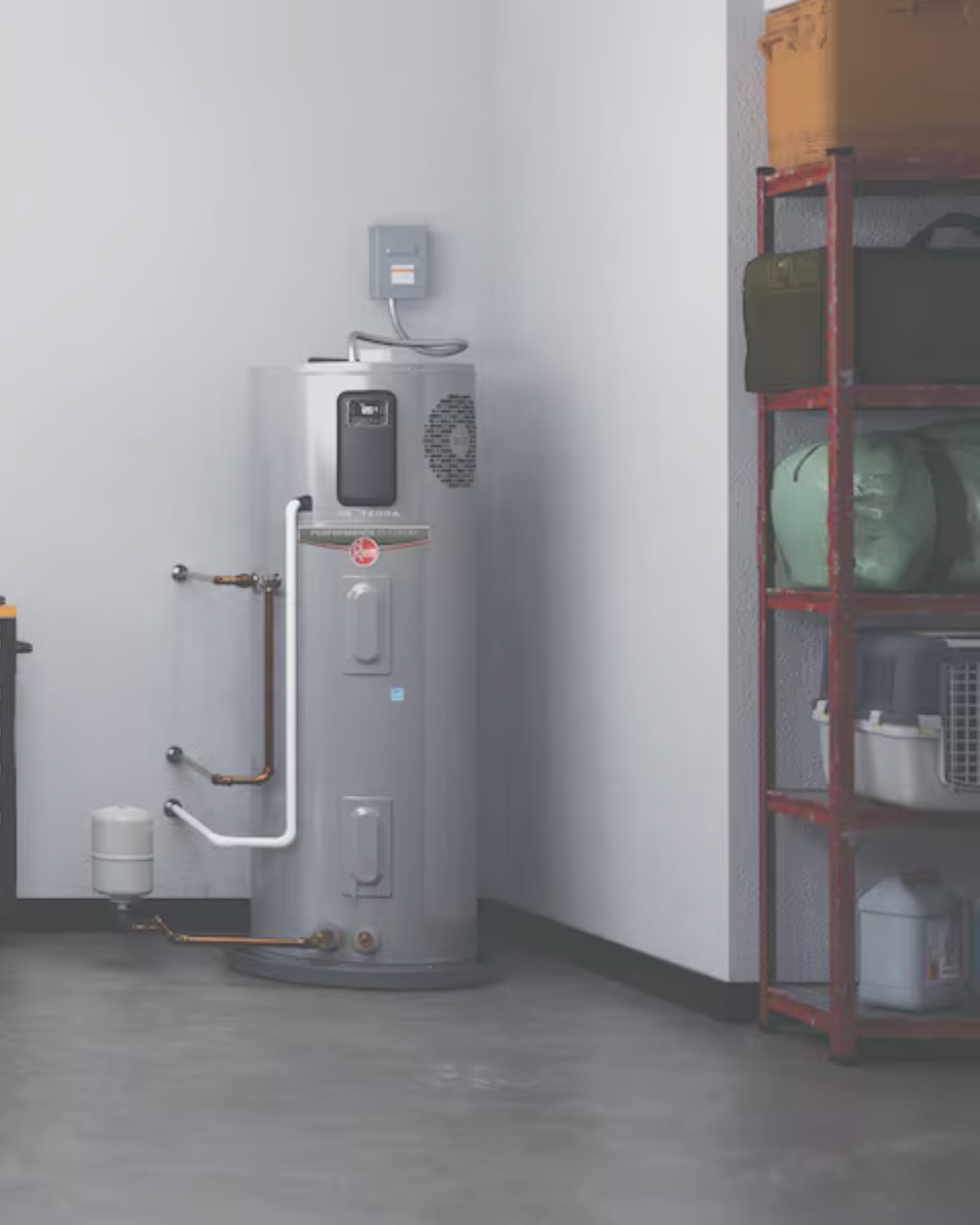& Nassau County
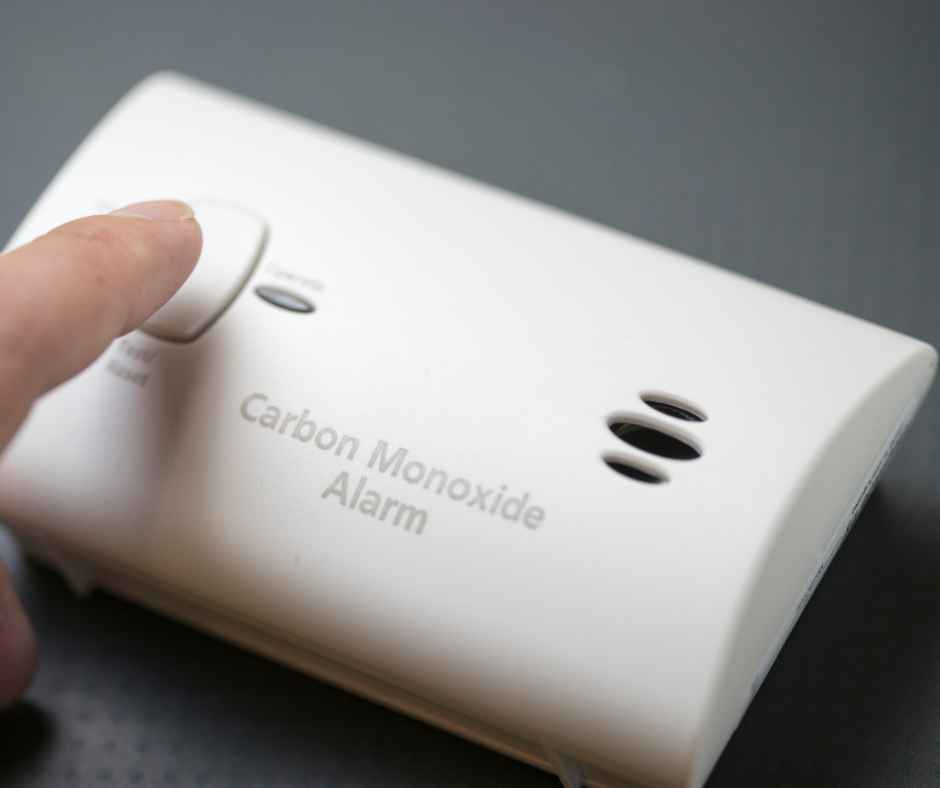
Carbon Monoxide Myths That Could Endanger Your Family
August 15, 2025
You can’t see it, smell it, or taste it—but carbon monoxide can put your family at serious risk. Every year, thousands of people are affected by this invisible gas, often because of misunderstandings or a lack of proper safety precautions. While most homeowners are aware that carbon monoxide is dangerous, too many believe myths that create a false sense of security. Relying on incorrect information can leave you unprepared when it matters most. Whether it’s thinking your smoke alarm is enough or assuming CO only becomes a threat in the winter, these misconceptions can be deadly.
In this blog, we’re breaking down the most common carbon monoxide myths and giving you the facts you need to keep your home and family safe.
Why Carbon Monoxide Safety Matters
Carbon monoxide (CO) is a toxic gas that’s often referred to as the “silent killer” for a reason—it’s completely invisible and has no odor or taste. That means you could be breathing it in without even realizing something is wrong. It’s produced any time fuel is burned, whether in a furnace, fireplace, generator, or even a car engine.
Because it’s so hard to detect without proper equipment, carbon monoxide poisoning can strike quickly and without warning. Symptoms can range from headaches and dizziness to nausea, confusion, and unconsciousness. In severe cases, it can be fatal. Children, the elderly, and people with certain health conditions are especially vulnerable.
Every home that uses gas, oil, wood, or propane appliances is at risk. That’s why education—and reliable detection—are critical. Misunderstanding the risks or putting off safety precautions can lead to a tragedy that’s entirely preventable.
Common Myths About Carbon Monoxide
Misconceptions about carbon monoxide can lead to dangerous decisions and a false sense of safety. Here are some of the most widespread myths—and the facts that every homeowner should know.
“Carbon Monoxide Only Comes From Gas Appliances”
While gas appliances are a common source of CO, they’re far from the only one. Fireplaces, wood stoves, charcoal grills, car exhaust, and even portable generators can all release carbon monoxide. Any appliance or tool that burns fuel has the potential to create a CO risk if it’s not properly ventilated.
“If There’s a Leak, I’ll Smell It”
This is one of the most dangerous myths. Carbon monoxide is completely odorless and colorless. You won’t smell it, see it, or taste it—only a functioning CO detector can alert you to its presence.
“My Smoke Alarm Will Detect CO”
Unless you have a combination smoke and carbon monoxide alarm, this is false. Most standard smoke alarms do not detect carbon monoxide. It’s essential to install dedicated CO detectors in your home, even if you already have working smoke alarms.
“It Only Happens in the Winter”
While winter sees increased risk due to the use of furnaces and fireplaces, carbon monoxide incidents can occur any time of year. Summer appliances like grills, water heaters, and pool heaters can also be sources—especially when used in enclosed or poorly ventilated areas.
“New Homes Don’t Need CO Detectors”
New construction doesn’t eliminate the risk of carbon monoxide. In fact, newer homes are often more tightly sealed for energy efficiency, which can make it harder for CO to escape. Every home, regardless of age or design, needs working CO detectors.
How to Keep Your Family Safe
The best defense against carbon monoxide is a combination of education, good habits, and the right safety equipment. Knowing how to prevent CO buildup—and when to call for help—can protect your home and the people in it.
DIY Tips to Reduce CO Risk
There are several simple steps every homeowner can take to lower the risk of carbon monoxide exposure:
- Install carbon monoxide detectors on every level of your home, especially near sleeping areas
- Test alarms monthly and replace batteries twice a year
- Keep flues, vents, and chimneys clean and free of blockages
- Never run a gas-powered generator, grill, or vehicle inside your garage—even with the door open
- Only use fuel-burning appliances as directed and in well-ventilated spaces
Staying on top of these tasks can drastically reduce your exposure risk.
When to Call a Professional
Some carbon monoxide concerns should never be left to guesswork. It’s time to bring in a professional if:
- Your detectors have gone off, and you’re unsure of the source
- You or a family member experiences unexplained symptoms like headaches, nausea, or dizziness
- You don’t know if your appliances are venting correctly or have never been inspected
- You’re unsure about the number or placement of your carbon monoxide detectors
- You haven’t had a full home safety inspection in the last year
A licensed technician can evaluate your appliances, check ventilation systems, and ensure your detectors are working properly.
Ongoing Carbon Monoxide Prevention Tips
Carbon monoxide safety isn’t a one-time checklist—it requires consistent maintenance and awareness. These preventative measures will help ensure your home stays safe long after the detectors are installed.
- Schedule an annual inspection of all fuel-burning appliances, including furnaces, water heaters, fireplaces, and stoves
- Upgrade to smart carbon monoxide detectors that send mobile alerts and have longer battery life
- Teach all household members to recognize symptoms of CO poisoning and respond quickly
- Make sure all appliances are installed, serviced, and repaired by qualified professionals
- Check chimneys, vents, and flues regularly to ensure they are clean, undamaged, and not blocked
Prevention is the most powerful tool you have when it comes to carbon monoxide, and these habits help make safety second nature.
Wrap-Up: Take Carbon Monoxide Safety Seriously
Carbon monoxide is one of the most dangerous household threats precisely because it’s invisible, odorless, and easy to misunderstand. Myths and false assumptions can create gaps in protection, leaving families vulnerable to serious health risks. But with the right knowledge and equipment, carbon monoxide poisoning is entirely preventable.
Don’t wait until there’s an emergency to take action. By recognizing the common myths, installing detectors, and maintaining your fuel-burning appliances, you can help ensure your home is safe year-round. Whether you need professional guidance, a safety inspection, or help choosing the right CO detectors, NH Ross is here for you.
Contact NH Ross today to schedule a carbon monoxide safety inspection or have detectors installed and tested by experienced professionals.
Recent News
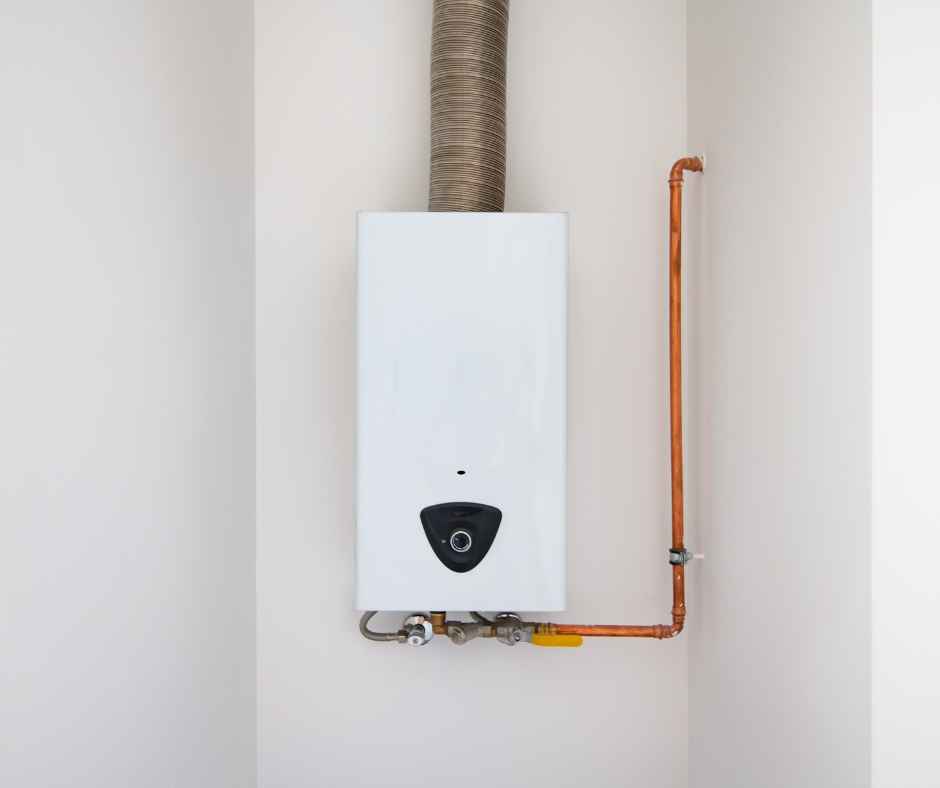
Traditional vs. Tankless Water Heaters: Which Is Better for Long Island Homes?
November 13, 2025
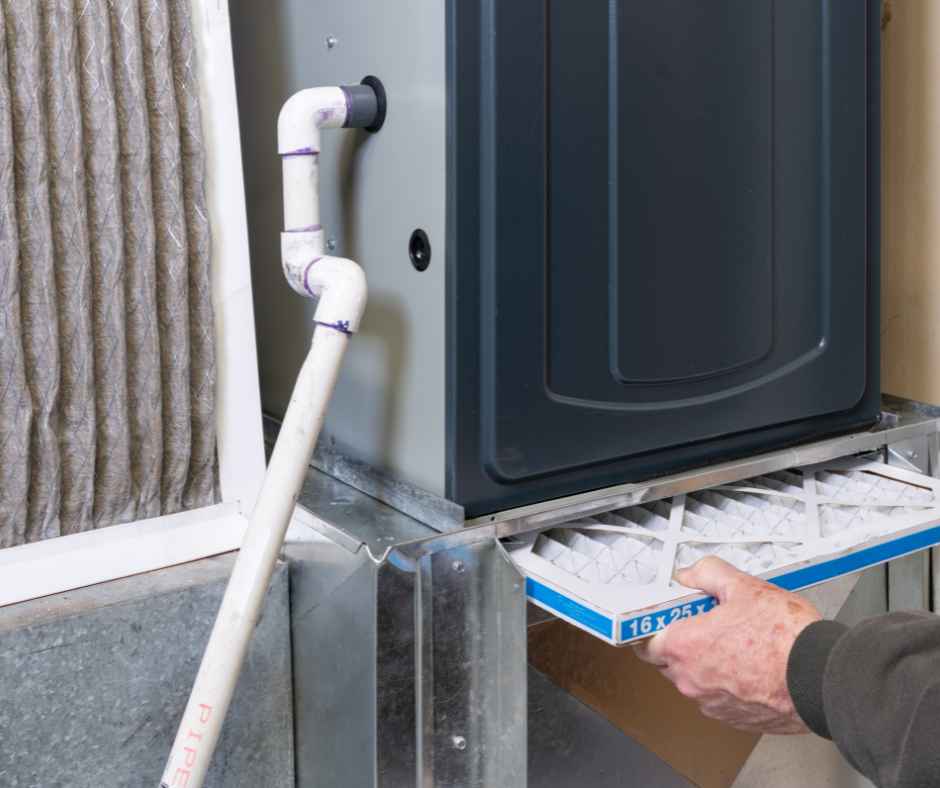
Why Heating Maintenance Saves Long Island Homeowners Money
October 24, 2025
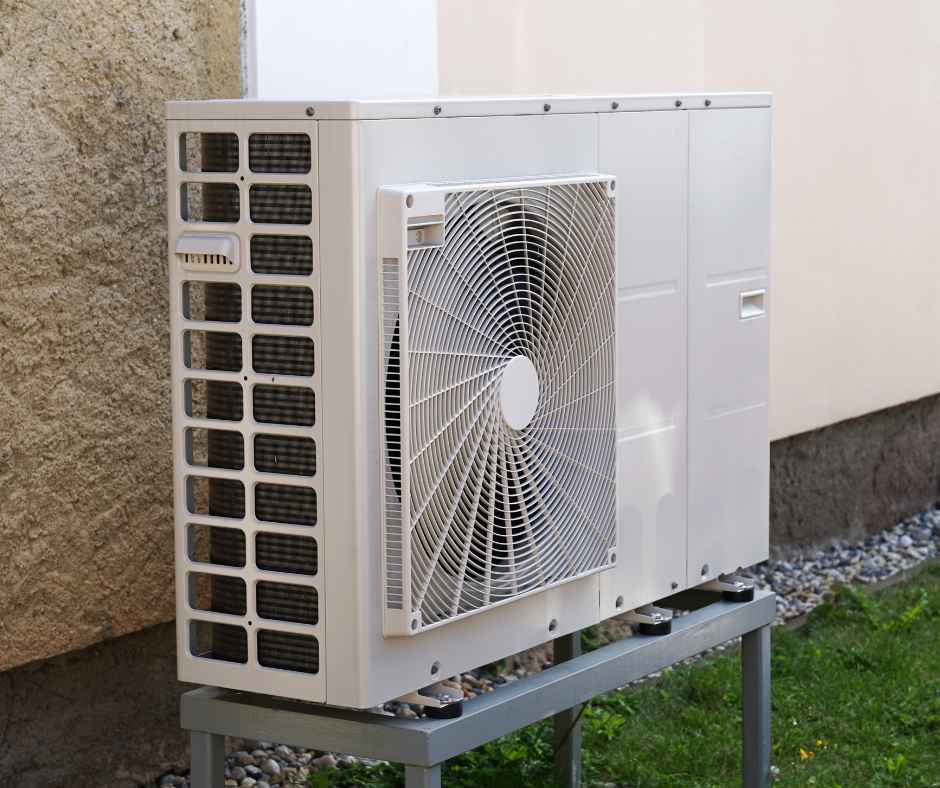
PSEG Heat Pump Water Heaters & Heat Pump Systems: Efficiency, Savings, and Rebates
September 24, 2025
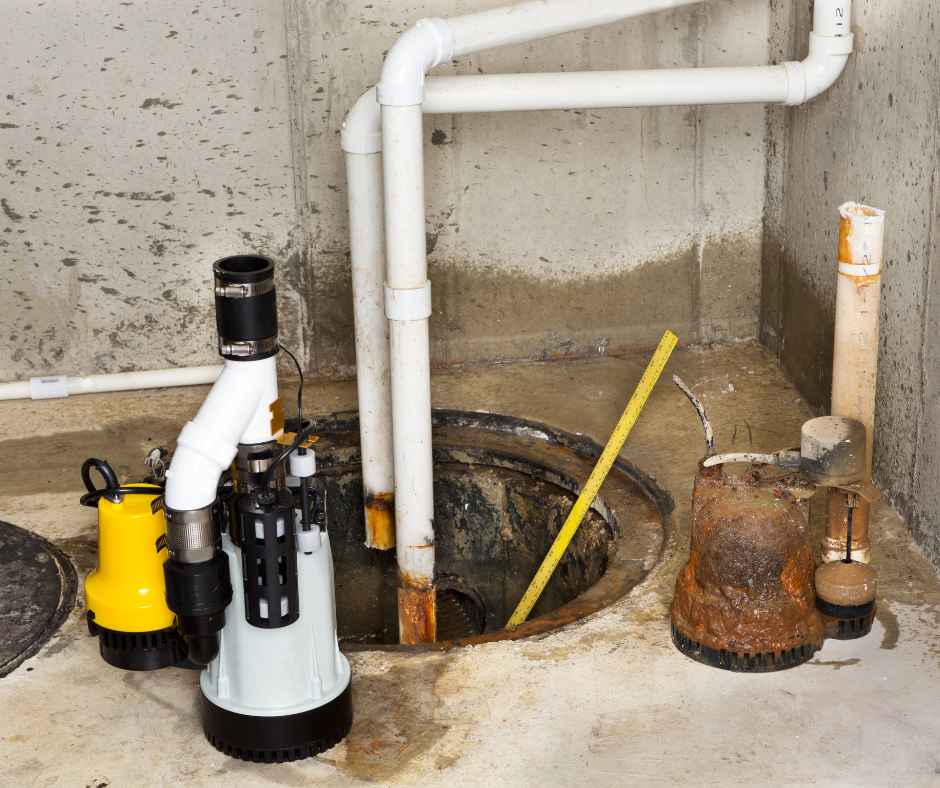
How to Know When It’s Time to Replace Your Sump Pump Before It’s Too Late
September 10, 2025
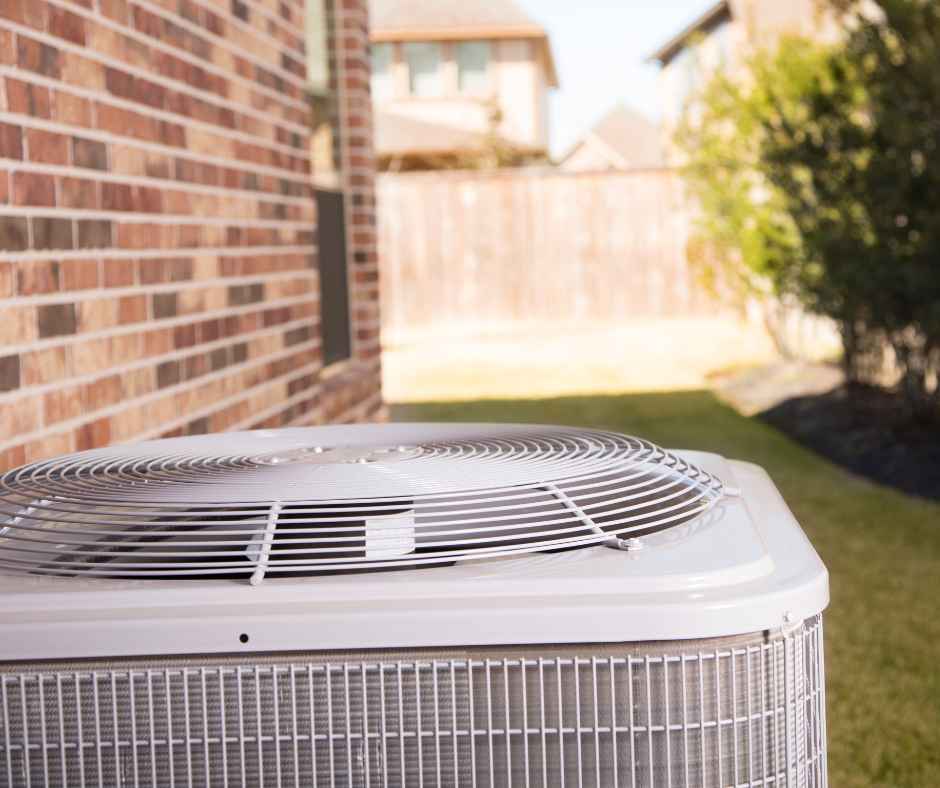
5 Common AC Mistakes That Are Costing You Money (And How to Fix Them)
July 17, 2025
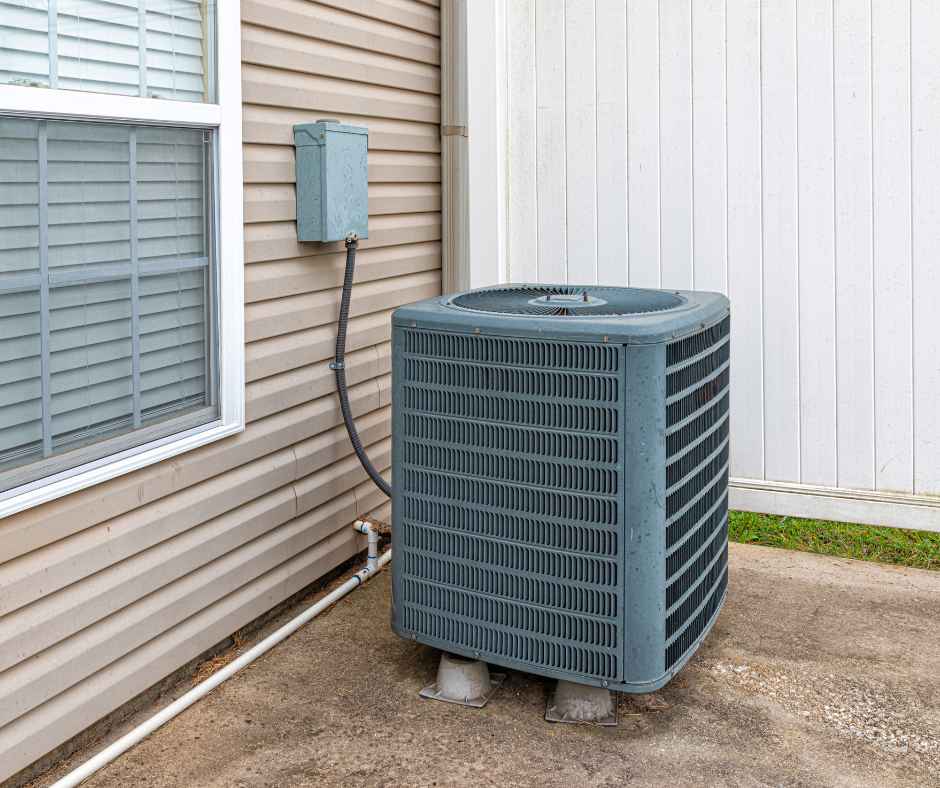
What To Do When Your AC Unit Freezes Up Inside
June 17, 2025
